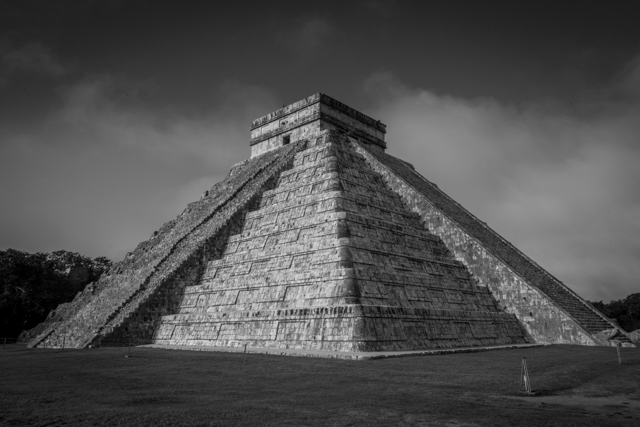
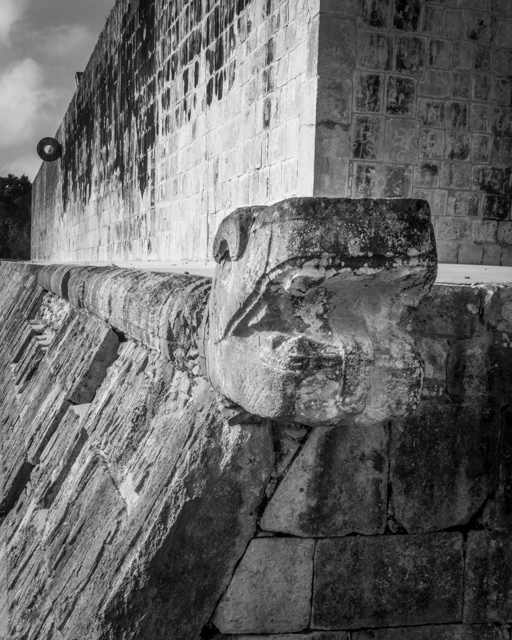
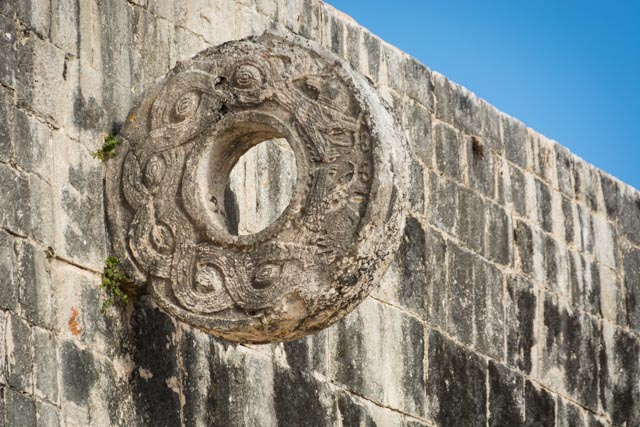
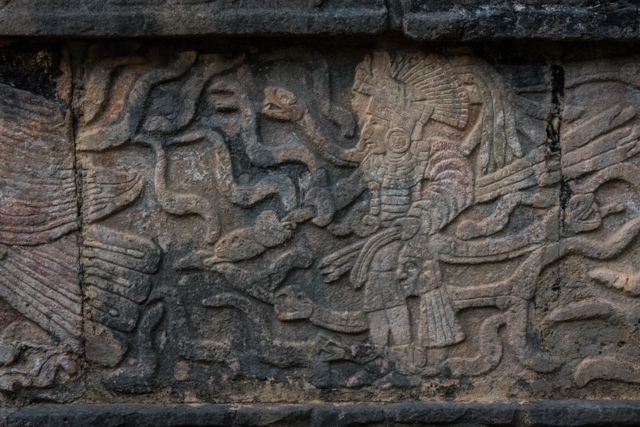

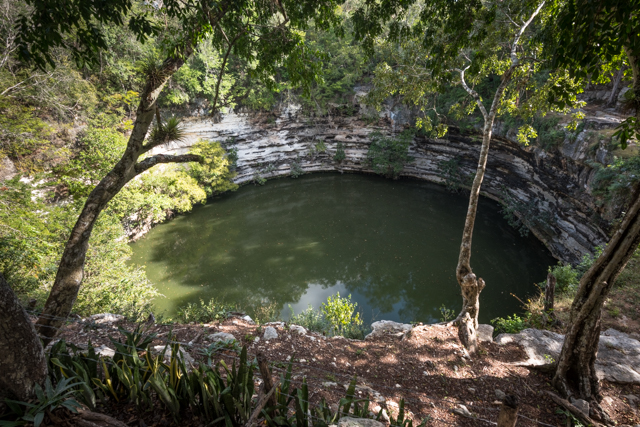
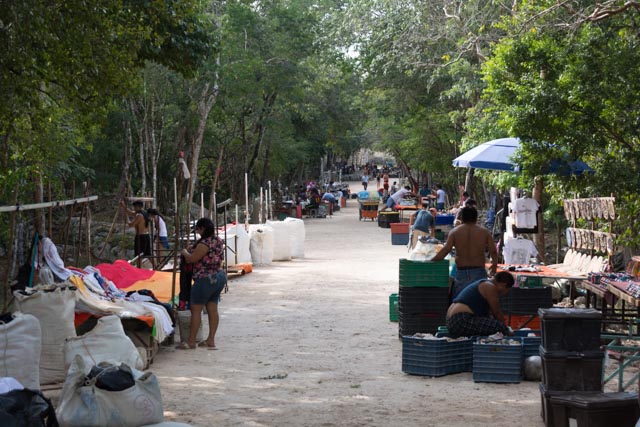
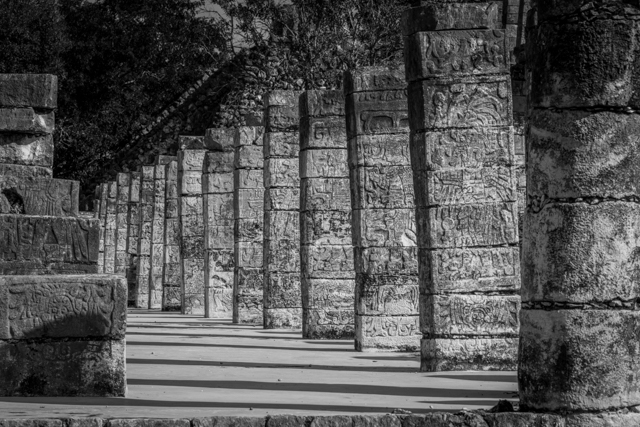
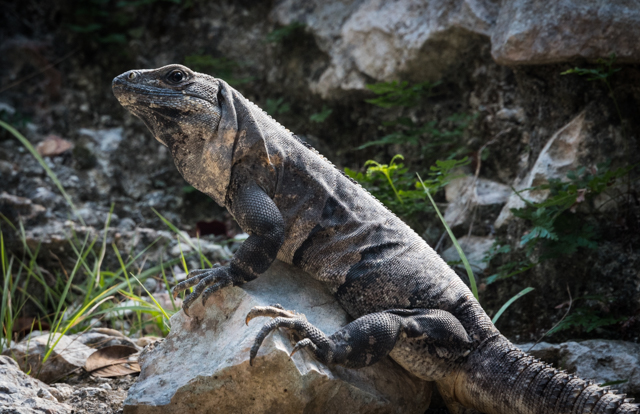

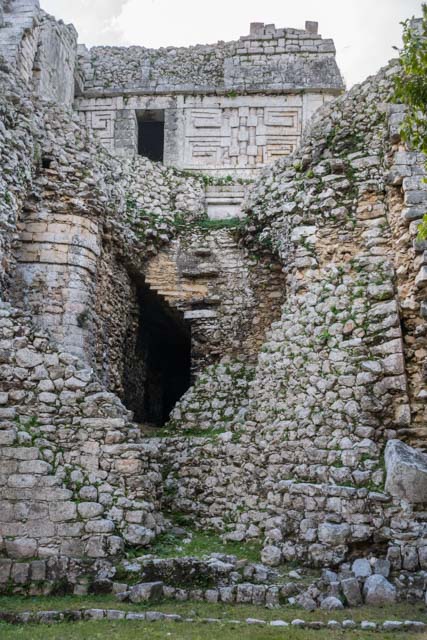
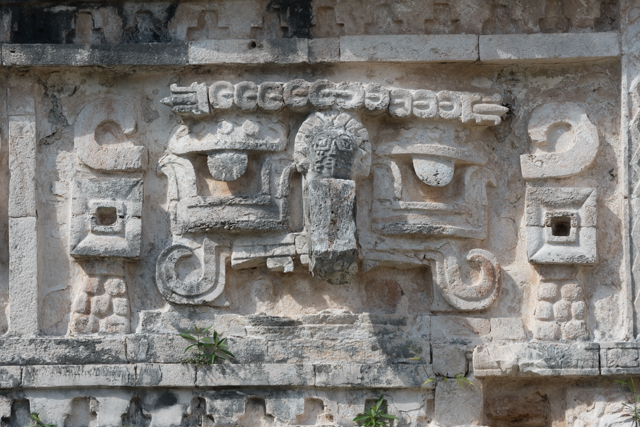
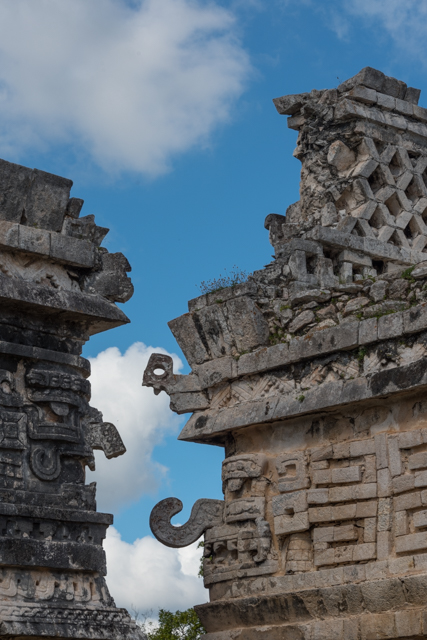
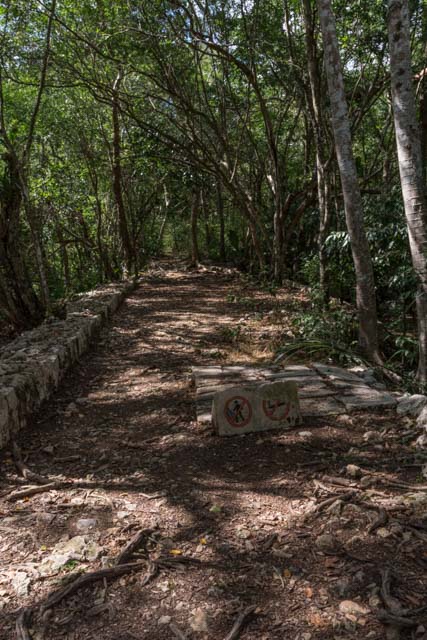
We were outside the hotel waiting for our private mini bus at 6:30am this morning. And two hours later, we were at Chichen Itza. The early start paid off as there was only an handful of people about and the sellers were only themselves arriving at the gates.
Due to its proximity to Cancun, thousands of people visit daily (an estimated 1.4 million tourists visit the site annually) and with only just under 3.5 hours to explore the sight, we opted to start with the most famous structures first whilst the place was ‘empty’.
The Juego de Pelota court is the biggest we’ve seen so far. There were more players per team and here, the captain of the winning team was decapitated as an offering, which was an honour as this bypassed the usual thirteen steps to heaven.
Offerings of shells, wood, gold, copper, rubber, textiles and skeletal remains (mainly of children and adult males) were found in the Cenote Sagrado. The natural well was an important ceremonial and pilgrimage destination.
Since 2006, you can no longer climb the main pyramid or many of the other ruins. The site is vast and there is a lot of ground to cover. There are helpful maps dotted around, so we were able to navigate the many vendors to our chosen destination – most of whom were selling tourist tat, with only a handful carving wooden masks and statues whilst waiting for a sale. “Almost free”, is the sale pitch you hear everywhere. “Only one dollar”.
I sat a moment and tried to imagine what it would have been like to live here when Chichen Itza was at its height. What we see now are just ruins; the buildings would have been painted brightly. You can see how they dressed from some of the reliefs. And some of the food we have come across is pre-Hispanic… and yet I struggled to picture the sights, smells and sounds.
We continued and took in the Templo de los Guerreros – which has reliefs of warriors on the pillars; the Plaza de las Mil Columnas, which was used for civic and religious functions just as the Palacio de las Columnas Esculpidas was. There are Sacbeoob (roads), canals, a Mercado (which strangely was’t actually a market and its original use cannot be identified). We came across further structures: the Templo de los Tableros Esculpidos (the reliefs on the north and south walls depict people, plants and animals both real and imaginary); the Temple of Xtoloc (a container of offerings with human remains was found underneath the floor) and the Cenote Xtoloc nearby. There are many many others.
But what really took our breath away was el Caracol (the Observatory), La Iglesia (the church) and nunnery complex – again, their original purposes are unknown. The windows and doors of the Observatory were aligned to astronomical events, specifically around Venus and the two equinoxes. Nearby, the Platform of Venus is dedicated to the planet.
A couple of hours later, we were sipping margaritas by the beach in Playa del Carmen.
